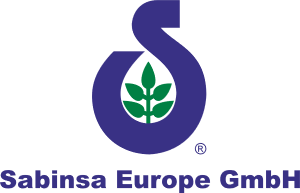Depigmenting agents, also known as whitening agents or skin tone lighteners, are products used to lighten or “whiten” the skin. In medical practice, such agents are used by dermatologists in the treatment of pigmentation disorders, such as post inflammatory hyperpigmentation secondary to contact dermatitis; widespread tinea corporis; disseminated lesions of scabies; conditions like melasma or chloasma; or as a treatment option for patients with widespread, treatment-resistant vitiligo, primarily as a measure to depigment residual normal skin (1). In cosmetics, such agents serve as active ingredients that reduce localized hyperpigmentation, age spots, and sun damage, and help to effect a lighter skin tone. Hydroquinone, an inhibitor of tyrosinase, the rate limiting enzyme in melanin biosynthesis, has been used as an active ingredient in skin tone lightening formulations for over fifty years.
The number of cosmetic products containing hydroquinone in the market has escalated, and consumers tend to self-administer these without adequate knowledge of the product and its possible complications and necessary precautions. The incidence of adverse reactions to hydroquinone, including allergic and irritant contact dermatitis; leucoderma, and on prolonged use, an irreversible and unsightly condition, called ochronosis, acneiform lesions, and cancer (2) has therefore become noticeable. These undesirable side effects associated with its use, have resulted in regulatory restrictions, and triggered an increasing interest in safer natural alternatives. Tyrosinase inhibitors and other agents that affect the melanin biosynthesis pathway are widely distributed in plant materials. These natural actives are safer alternatives to hydroquinone, for use in topical skin lightening compositions, and may offer additional functionalities, as sunscreen boosters, moisturizers, or “anti-aging” ingredients. One such ingredient is derived from the “curry” spice, turmeric.
When natural yel low curcuminoids (curcumin, demethoxycurcumin, bisdemethoxycurcumin) from Curcuma longa (turmeric) roots are hydrogenated, a colour free mixture of Tetrahydrocurcuminoids is obtained (3). This natural blend is valued as a topical antioxidant and antinflammatory agent, with superior free radical scavenging and lipid peroxidation inhibition efficacy as compared to vitamin E. Studies indicate that Tet rah ydrocu rcumi noids , particularly ultra pure Tetrahydrocurcumin (trademarked SabiWhite®, Sabinsa Corporation) efficiently inhibit tyrosinase (4).







